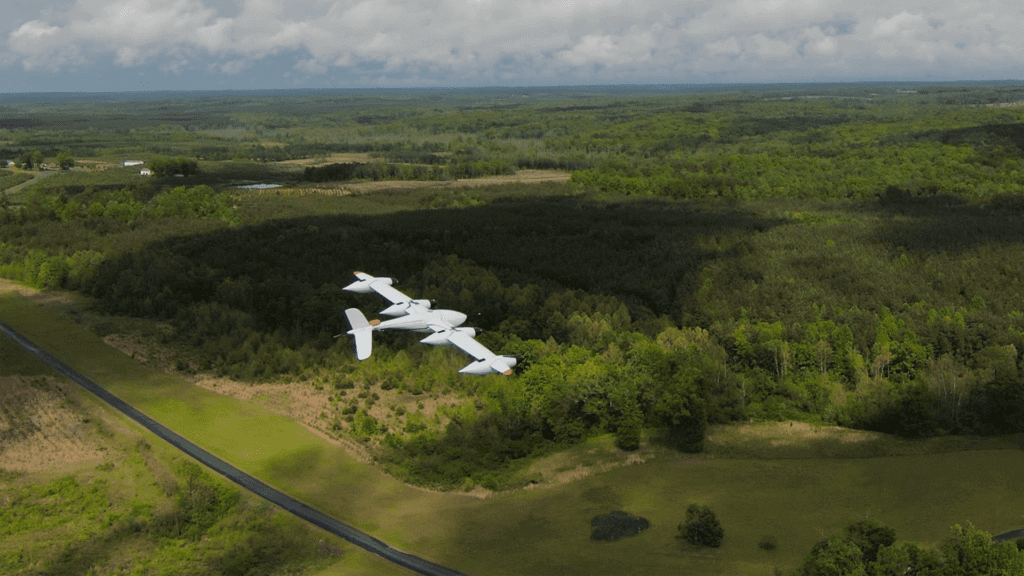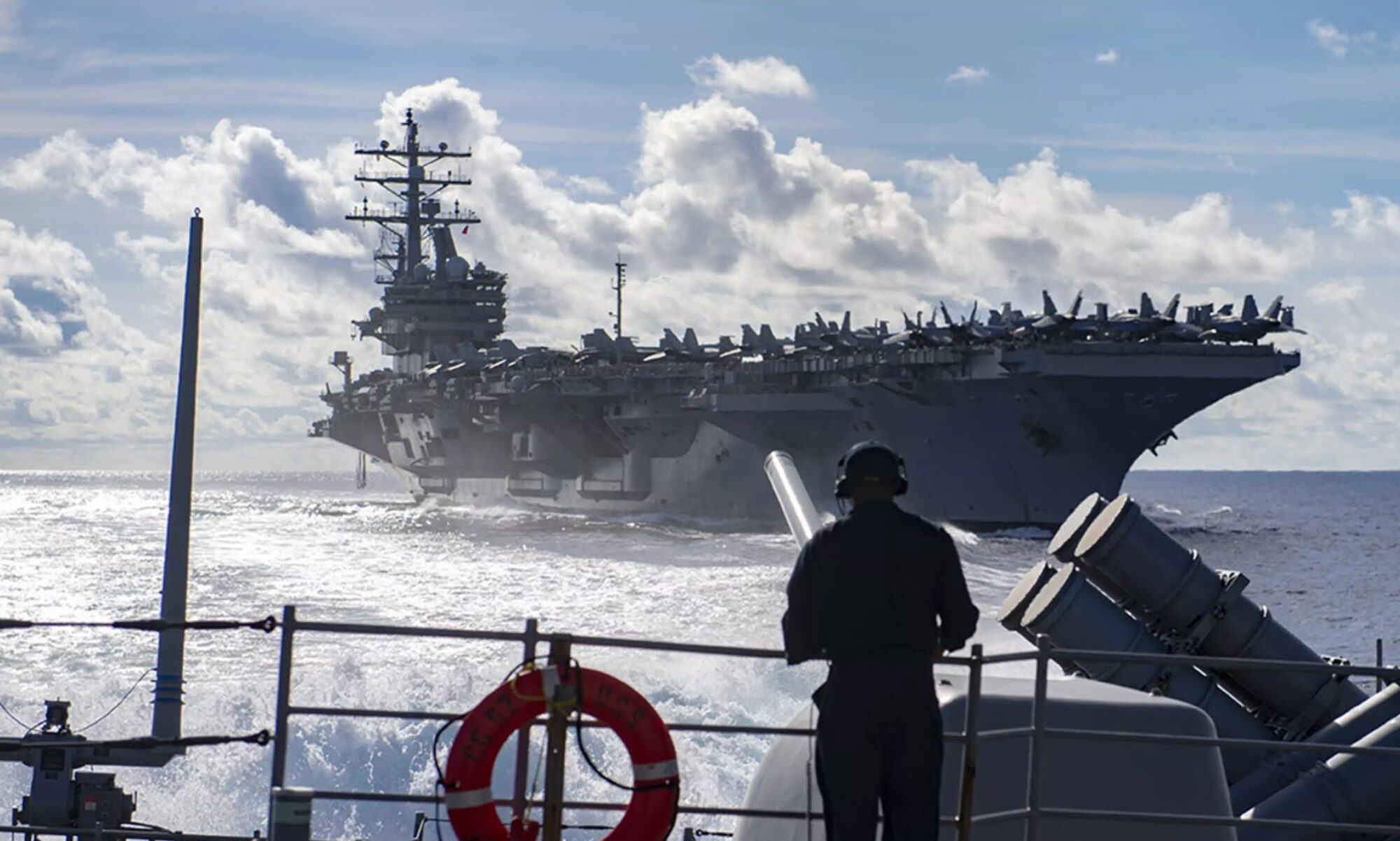

Hello, and welcome to the Americans for a Stronger Navy blog, where we share the latest news and insights on the U.S. Navy’s mission and operations, and how they affect our national security and interests. My name is Bill Cullifer, and I am a proud founder and supporter of this organization, which advocates for a stronger and more capable U.S. Navy that can deter and defeat any adversary, if needed and can also secure and sustain peace for ourselves and our posterity.
I am glad you are here, whether you are a new member or friend, or a long-time supporter of our cause. I hope you will find this blog informative and inspiring, and that you will join me in building a community of patriotic and passionate naval enthusiasts. I also hope you will check out our podcast series, Fleet Forward: Charting Tomorrow’s Navy, which explores the challenges and opportunities facing the U.S. Navy in the 21st century. This series is a precursor to our upcoming December podcast series, Charting the Course: Navigating the Future of American Naval Power, which will dive deeper into the issues and trends that shape the U.S. Navy’s strategy and vision.
Today, I want to talk to you about a new and exciting technology that the U.S. Navy is exploring, and how it can enhance its logistics and operations in the global maritime domain. I am talking about the Transwing airborne drone, which is a type of unmanned aerial vehicle (UAV) that can take off and land vertically, and fly horizontally with high speed and efficiency. The Transwing drone is designed and produced by PteroDynamics, a company based in Los Angeles, California.
The U.S. Navy is always looking for new and innovative ways to enhance its capabilities and to overcome its challenges. One of the latest solutions that the U.S. Navy is exploring is the Transwing drone, a unique and versatile unmanned aerial vehicle that can transform from a fixed-wing aircraft to a rotary-wing aircraft in mid-air. The Transwing drone can also be used for humanitarian, commercial, and recreational purposes, such as delivering supplies, monitoring the environment, and capturing aerial footage.
The Transwing drone has recently demonstrated its potential and performance by completing a series of sea trials with the U.S. Navy. The Transwing drone successfully launched and recovered from the deck of the USNS Burlington, a Spearhead-class expeditionary fast transport ship, sailing near Key West, Florida. The Transwing drone also successfully landed on a moving target, which is a critical skill for naval operations.
The Transwing drone is a potential game-changer for the U.S. Navy, as it offers a number of advantages over conventional drones. Some of the advantages are:
• The Transwing drone can take off and land vertically, like a helicopter, which means it does not need a runway or a catapult. This makes it more flexible and adaptable to different environments and situations.
• The Transwing drone can also fly horizontally, like a plane, which means it can fly faster and farther than a helicopter. This makes it more efficient and effective for long-distance missions and operations.
• The Transwing drone can carry up to 500 pounds of cargo, which is more than most drones of its size. This makes it more useful and practical for delivering essential supplies and equipment to remote or inaccessible locations.
• The Transwing drone can operate autonomously or remotely, which means it can reduce the workload and the risk for human operators and pilots. This makes it more reliable and safe for complex and dangerous tasks and scenarios.
According to Tim Whitehand, the vice president of engineering at PteroDynamics, the company that developed the Transwing drone, “Participating in The Hybrid Fleet Campaign Event brought us closer to our goal of providing the U.S. Navy with a flexible and scalable shore-to-ship, ship-to-ship, and ship-to-shore automated cargo delivery capability.”
However, the Transwing drone is not without its challenges and drawbacks. Some of the challenges are:
• The Transwing drone is still in its early stages of development and testing, which means it may face some technical issues and glitches that could affect its performance and functionality. For example, the Transwing drone may have difficulties in maintaining stability and control during the transition between the fixed-wing and the rotary-wing modes.
• The Transwing drone is also subject to some operational risks and uncertainties, such as weather conditions, air traffic, and enemy threats. For instance, the Transwing drone may encounter strong winds, turbulence, or interference that could hamper its flight and navigation. The Transwing drone may also be detected, tracked, or attacked by hostile forces that could compromise its mission and security.
• The Transwing drone may also raise some ethical concerns and legal implications, such as the accountability, the responsibility, and the authority of the human operators and the decision-makers. For example, the Transwing drone may pose some dilemmas and conflicts in terms of the use of force, the protection of civilians, and the respect of sovereignty. The Transwing drone may also require some regulations and standards to ensure its compliance and compatibility with the existing laws and norms.
The Transwing drone is a new and powerful solution for naval logistics and operations, as it combines the best features of both fixed-wing and rotary-wing aircraft. The Transwing drone has shown its capabilities and its potential by completing a series of sea trials with the U.S. Navy, and by demonstrating its ability to launch and recover from a ship, and to land on a moving target.
The Transwing drone also offers a number of advantages over conventional drones, such as flexibility, efficiency, utility, and reliability.
The Transwing drone is still in its development and testing phase, and it will require more research and evaluation to overcome its challenges and to optimize its performance. The Transwing drone is also a source of inspiration and motivation for the next generation of naval leaders, as it shows them the importance and relevance of the U.S. Navy’s mission and strategy, and how they can contribute and make a difference.

